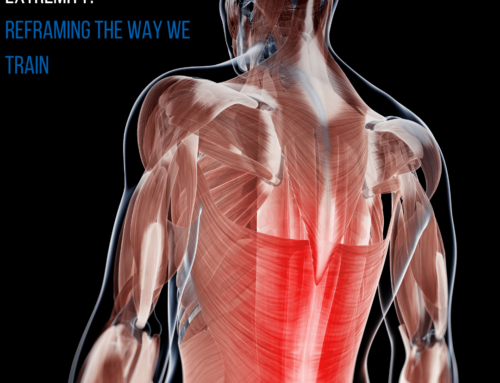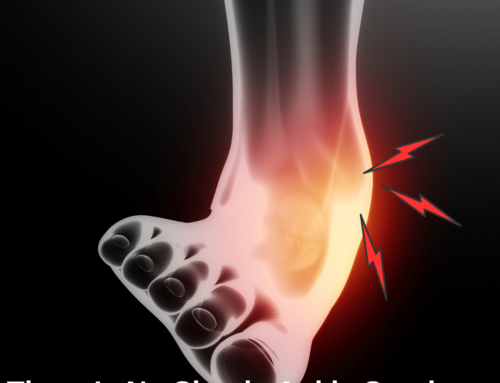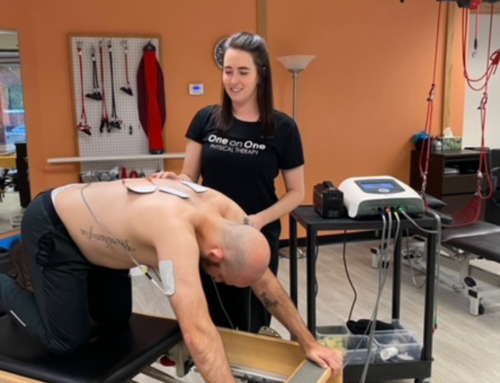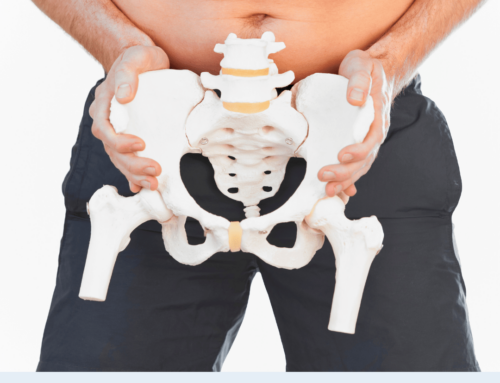Changing the Pain Game // Chronic Pain Fix

Lance Cross PT, MPT, OSC, CMTPT
Four times as many people in the U.S. truly suffer from chronic pain compared to those who suffer from diabetes, heart disease and cancer and the medical community is playing catch-up. Have you or someone you know been left to feel hopeless or invalid because past treatments have failed or doctors haven’t been able to explain the causes of your chronic pain? I’m of the opinion that, far too often, our well-intended pharmaceutical, therapeutic, and surgical approaches of the past have either fallen short, failed or made this problem worse for our patients and society. I also believe we’re profoundly improving our ability to deal with this dilemma.
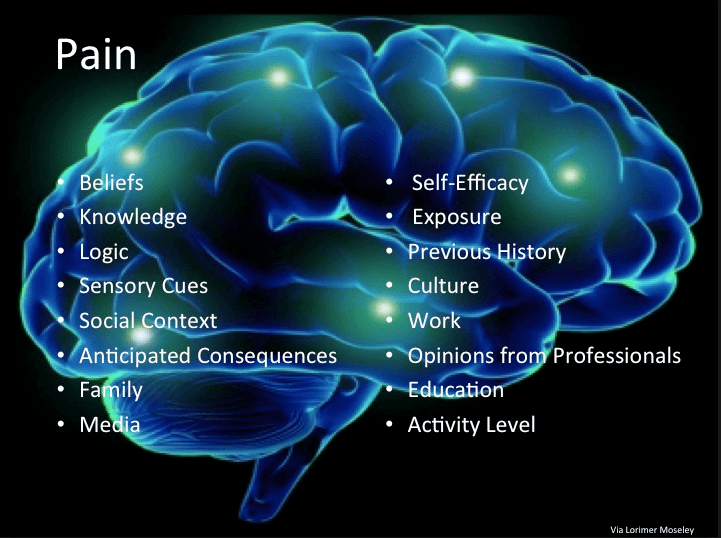
This problem has driven research which has provided new understanding for a much more effective and healthier approach to relieving those with chronic pain. Two realizations are changing the way clinicians treat chronic pain. The first is that pain often does not correlate with tissue damage or degeneration. The second is the knowledge that reversible muscular and joint dysfunctions combined with reversible neurophysiological, biochemical and possibly psychosocial factors are often at the root of the problem. These realizations have given hope to people with chronic pain and an improved road map to clinicians to better guide their patients. Many may think or say, “No tissue damage?” “My MRI says I have bulging/herniated disc.” “My doctor said my pain in my leg could be from a pinched nerve.” “Maybe there’s no hope for me.” “Physical therapy and the chiropractor didn’t help me much.” “I had surgery for my herniated disc, but I still have pain. My doctor says ‘everything is fine’, but something must be wrong with the surgery, right?” Wait, the details of these findings and diagnosis and past therapeutic approaches need to be delved into first with the new information and perspective in mind. There is still a lot of hope. There are likely other, more elusive, factors that have not been addressed.
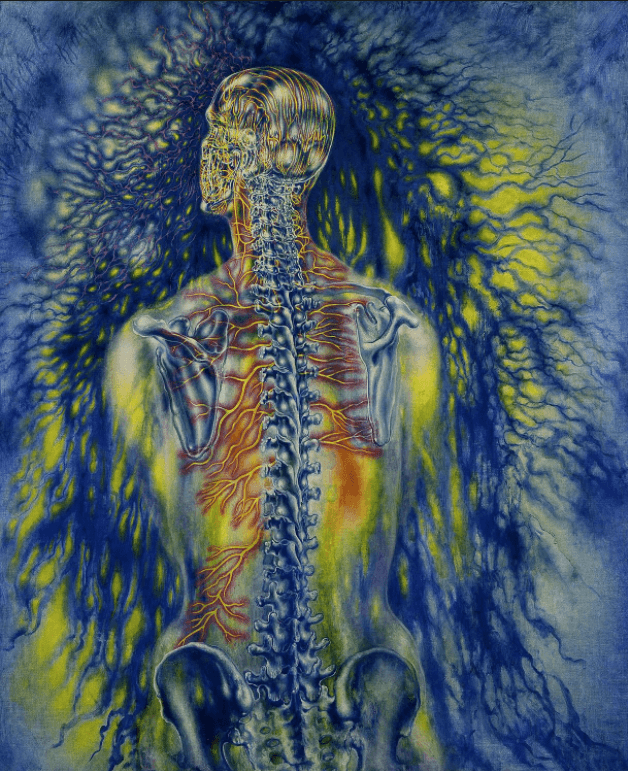
The Sensitized Nervous System
Essentially, there are many varieties and levels of irritation and dysfunction within the spectrum of chronic pain, but one important factor is common. The central nervous system is sensitized. In other words, the body needs to receive less nervous system stimulus to cause pain. What may cause one person a 2/10 level of irritation for a few days, may cause another 7/10 persistent pain over a larger part of the body with everything being the same. The sensitized individual’s reflexive nervous system has perceived more threat and is allowing more sensory stimulation to the brain causing the output of more irritation than what actually is normal. This nervous system sensitivity is influenced by many factors to include past experiences, stress levels, sleep disruption, Post-Traumatic Stress Disorder, perceptions about injury, anxiety, depression, frustration, anger, fear and some sort of, often reversible, tissue dysfunction (not damage).
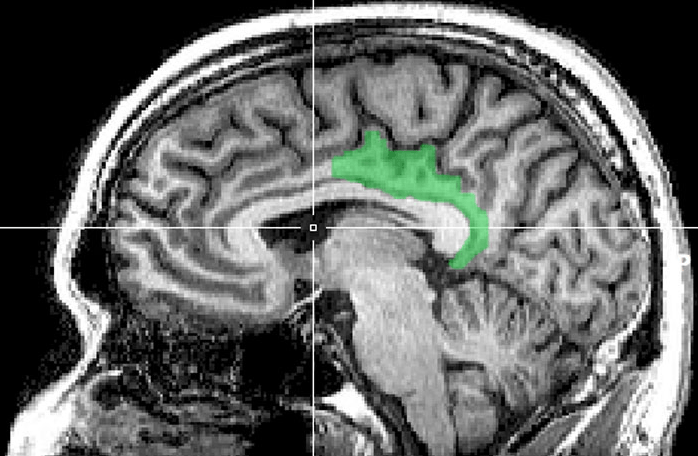
Imaging Results – Do they correlate and how might they cause pain?
An erroneous yet predominant societal thought today is that an MRI finding of a disc bulge indicates that a nerve root is being pinched and causing leg pain and possibly further damage if it progresses. Even though this may be possible there are many factors that need to be medically evaluated before determining if that is the actual case. Now, studies suggest that many leg pains (numbness, tingling, aching, burning) are caused by muscular trigger points of the back, hip and thigh musculature. These trigger points are often a result of reversible deconditioned muscles, tight joints or postural imbalances and can be treated effectively by skilled practitioners. So yes, you may have disc findings on the MRI, but often they’re not related to the symptoms. Other research explains the concept of the Nocebo Effect (opposite of the placebo effect) where nervous system sensitivity can be caused by suggestion and what a person believes about their body’s sensations. This concept explains how imaging results influence how the reflexive parts of the brain and spinal cord process sensory information and can unnecessarily amplify it.
The Cure: Outside In & Inside Out
A multi-disciplinary, and collaborative approach is being identified as the best treatment for people dealing with chronic pain. When simultaneous treatments from appropriate and insightful specialists are performed, remarkable outcomes can be achieved. Proper education of the patient after thorough assessment is paramount when dealing with chronic pain to reduce unwarranted, perceived threats to bodily health that could be a factor in causing increased nervous system sensitivity. This factor is so important that without it, the treatments listed below may fall short. Sleep health is vital in allowing the parasympathetic nervous system to restore tissue to its healthy state. Re-integration of enjoyable and social activity are among the many lifestyle goals that contribute to the cure. Building patient self-efficacy with symptom control to become less dependent on medications, doctors and therapist is also vital. In addition, the important treatments listed below are commonly used.

The medical community has realized the importance of finding improved methods for treating those with chronic pain. Changing treatment methods and interpretations of pain and injury in society is paramount not only to treat patients, but also to help prevent chronic pain. Thorough assessment, proper education and appropriate multi-disciplinary and collaborative treatment plans can remarkably improve the lives of people dealing with chronic pain.
Lance Cross is a Board Certified Orthopaedic Physical Therapist who is treating with One on One Physical Therapy. His particular background in the pain sciences includes clinical treatment of chronic pain patients, lecturing and involvement in clinical trials on the subject. He is also a Certified Sports Metrics Trainer and has involvement in knee injury prevention program development. He enjoys cycling in all disciplines and is frequently found cyclocross racing or mountain-biking with his wife and friends in the mountains. Lance offers free consultations at One on One Physical Therapy.
